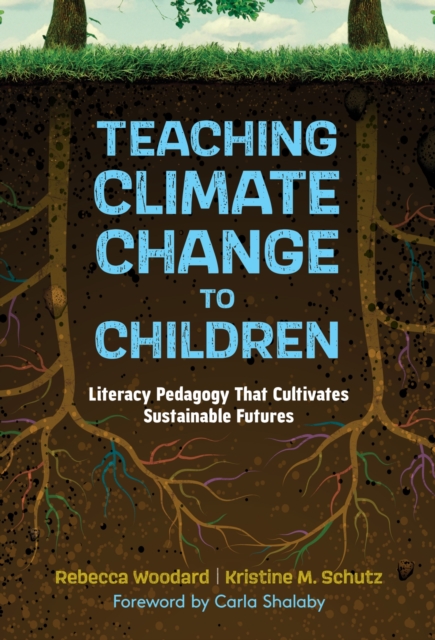
Teaching Climate Change to Children : Literacy Pedagogy That Cultivates Sustainable Futures Hardback
by Rebecca Woodard, Kristine M. Schutz, Carla Shalaby
Part of the Language and Literacy Series series
Hardback
Description
Teaching Climate Change to Children describes the journey of two literacy researchers to learn about climate change and support relevant literacy pedagogy for young children (pre-K–6).
The authors argue that climate change and social justice are inextricable from each other; that children in the younger grades are capable of learning about climate change; and that reading, writing, and language study is well-suited to this work.
Three anchoring themes are offered to support literacy climate pedagogy--interconnectivity, relationality, and action--with rich classroom examples and different entry points to engage with these themes, either by "starting small" or "going big." The text includes chapters on the importance of taking an emotionally affirming stance and on the potential of incorporating arts-based methods.
With love for the Earth and one another at its core, this accessible book takes a broad view of what it means to cultivate sustainable futures for our planet, for teachers, and for children in today's schools. Book Features:A unique focus on teaching about climate change to young children, as opposed to adolescents. Insights drawn from a yearlong teacher inquiry group with classroom teachers and from literacy methods courses with preservice teachers. Explicit attention to the importance of humanizing and care-based practices in literacy climate pedagogy. Classroom examples collected across four urban public schools where teachers used the activities and resources discussed in the book. User-friendly textboxes with suggestions and questions to guide discussion, reflection, and action.
Information
-
Available to Order - This title is available to order, with delivery expected within 2 weeks
- Format:Hardback
- Pages:176 pages
- Publisher:Teachers' College Press
- Publication Date:31/03/2024
- Category:
- ISBN:9780807769799
Other Formats
- Paperback / softback from £42.95
Information
-
Available to Order - This title is available to order, with delivery expected within 2 weeks
- Format:Hardback
- Pages:176 pages
- Publisher:Teachers' College Press
- Publication Date:31/03/2024
- Category:
- ISBN:9780807769799










